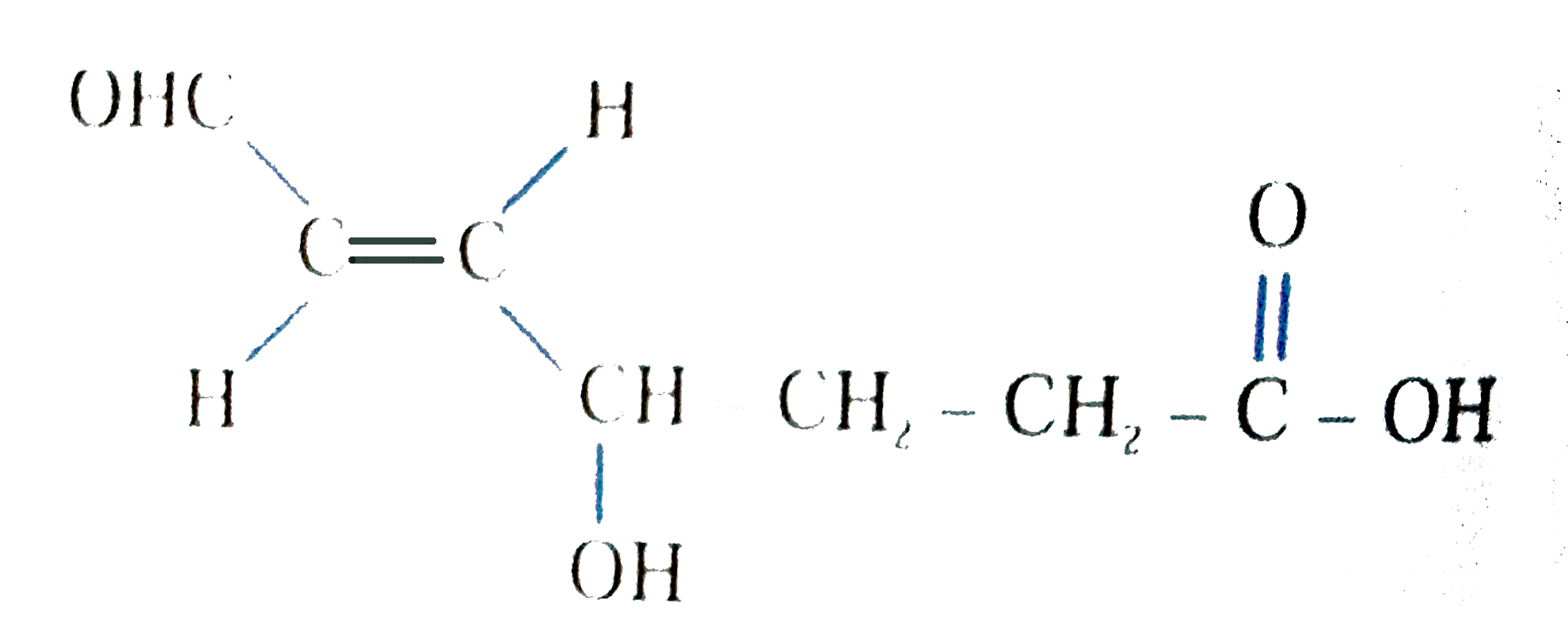C12H22O11+H2Oexcess→C6H12O6+C6H12O6fructoseglucose
Rate law is expressed as
r=K[C12H22O11][H2O]
r=K[C12H22O11]
r=K[H2o]
r=K[C12H22O11][H2O]2−
The correct Answer is:B
To derive the rate law for the reaction of sucrose (C₁₂H₂₂O₁₁) hydrolyzing into glucose (C₆H₁₂O₆) and fructose (C₆H₁₂O₆), we can follow these steps:
1. Identify the Reaction:
The reaction is:
C12H22O11+(excess)H2O→C6H12O6+C6H12O6
Here, sucrose reacts with water to produce glucose and fructose.
2. Determine the Rate Law Form:
The general form of the rate law is:
Rate=k(Reactants)stoichiometric coefficients
In this case, the reactants are sucrose (C₁₂H₂₂O₁₁) and water (H₂O).
3. Consider the Concentration of Water:
Since water is present in excess, its concentration does not significantly change during the reaction. Therefore, it can be treated as a constant. This means we can omit it from the rate law.
4. Write the Rate Law:
The rate law will depend only on the concentration of sucrose:
Rate=k′(C12H22O11)
where k′ is the modified rate constant that includes the concentration of water.
5. Determine the Order of the Reaction:
The stoichiometric coefficient of sucrose in the balanced equation is 1. Thus, the reaction is first order with respect to sucrose.
Final Rate Law:
The final rate law for the hydrolysis of sucrose is:
Rate=k(C12H22O11)
The reaction is:
C12H22O11+(excess)H2O→C6H12O6+C6H12O6
Here, sucrose reacts with water to produce glucose and fructose.
The general form of the rate law is:
Rate=k(Reactants)stoichiometric coefficients
In this case, the reactants are sucrose (C₁₂H₂₂O₁₁) and water (H₂O).
Since water is present in excess, its concentration does not significantly change during the reaction. Therefore, it can be treated as a constant. This means we can omit it from the rate law.
The rate law will depend only on the concentration of sucrose:
Rate=k′(C12H22O11)
where k′ is the modified rate constant that includes the concentration of water.
The stoichiometric coefficient of sucrose in the balanced equation is 1. Thus, the reaction is first order with respect to sucrose.
The final rate law for the hydrolysis of sucrose is:
Rate=k(C12H22O11)
Topper's Solved these Questions
- CHEMICAL KINETICS BOOK - NARAYNACHAPTER - CHEMICAL KINETICS EXERCISE - EXERCISE -1 (C.W) (ORDER OF REACTION)
14 Videos
- CHEMICAL KINETICS BOOK - NARAYNACHAPTER - CHEMICAL KINETICS EXERCISE - EXERCISE -1 (C.W) (MOLECULARITY)
5 Videos
- CHEMICAL KINETICS BOOK - NARAYNACHAPTER - CHEMICAL KINETICS EXERCISE - CUQ (RATE OF REACTION)
83 Videos
- CARBOXYLIC ACIDBOOK - NARAYNACHAPTER - CARBOXYLIC ACIDEXERCISE - All Questions
288 Videos
- CHEMISTRY IN EVERYDAY LIFEBOOK - NARAYNACHAPTER - CHEMISTRY IN EVERYDAY LIFEEXERCISE - ASSERTION & REASON TYPE QUESTIONS
10 Videos
Similar Questions
for a reaction 2A+3B→Products, the rate law expression is given by rate = K(A)1(B)2 . The order of the reaction with respect to A,B and over all order of reaction ar
View SolutionMolecularity of the following elementary reactions 2NO+O2→2NO2
View SolutionUnder a given set of experiemental condition, with increase in the concentration of the reactants, the reate of a chemical reaction
View SolutionProvide IUPAC name of the compound given below.

View Solution(A) Analgesics bring down body temperature during high fever.
(R ) Tetracyclin is a tranquillizer.
View SolutionThe inversion of cane sugar is represented by
C12H22O11+H2O→C6H12O6+C6H12O6
It is a reaction of
View SolutionThe inversion of sucrose (C_(12)H_(22)O_(11)) is a first order reaction and is studied by measuring angle of rotation at different time intervals. C_(12)H_(22)O_(11) + H_(2)O overset(H^(+)) to underset("glucose")(C_(6)H_(12)O_(6)) + underset("fructose")(C_(6)H_(12)O_(6)) . if (r_(infty)-r_(0)) and (r_(infty)-r_(t))(a-x) , then 50% invertion will be completed when:
View SolutionThe inversion of cane sugar is represented by
C12H22O11+H2O→C6H12O6+C6H12O6
It is a reaction of
View Solutionसुक्रोस के प्रतिलोमन को निम्न प्रकार व्यक्त किया जा सकता है-
C12H22O11+H2O→C6H12O6+C6H12O6 यह अभिक्रिया है एक-
View SolutionAssertion : The reaction
C12H22O11Cane sugar+H2OH+t0C6h12O6Glucose+C6H12O6Fructose is a first order reaction.
Reason : Change in concentration of H2O is negligible.
View SolutionFor the reaction C12H22O11+H2OH+−−→C6H12O6+C6H12O6, write
(i) Rate of reaction expression (ii) rate law equation (iii) molecularity (iv) order of reaction
View SolutionWhy disaccharides obtained from monosaccharides like glucose (C_(6)H_(12)O_(6)) has the formula C_(12)H_(22)O_(11) instead of C_(12)H_(24)O_(12) ?
View Solutionइक्षु शर्करा का ग्लूकोज एवं फ्रक्टोज में अभिक्रिया -
underset("इक्षु शर्करा ")(C_(12)H_(22)O_(11)) + H_(2)O to underset("ग्लूकोज ")(C_(6)H_(12)O_(6)) +underset("फ्रक्टोज ")( C_(6)H_(12)O_(6))
के अनुसार प्रतिलोमन होना एक उदाहरण है -
View Solutionअभिक्रिया underset("स्यूक्रोस")(C_(12)H_(22)O_(11)) + H_(2)O rarr underset("ग्लूकोस")(C_(6)H_(12)O_(6)) + underset("फ्रक्टोस")(C_(6)H_(12)O_(6)) एक उदाहरण है-
View Solutionगन्ने की शक्कर का प्रतिलोमन निरूपित करते है।
C12H22O11+H2O→C6H12O6+C6H12O6
यह अभिक्रिया है :
View Solution
